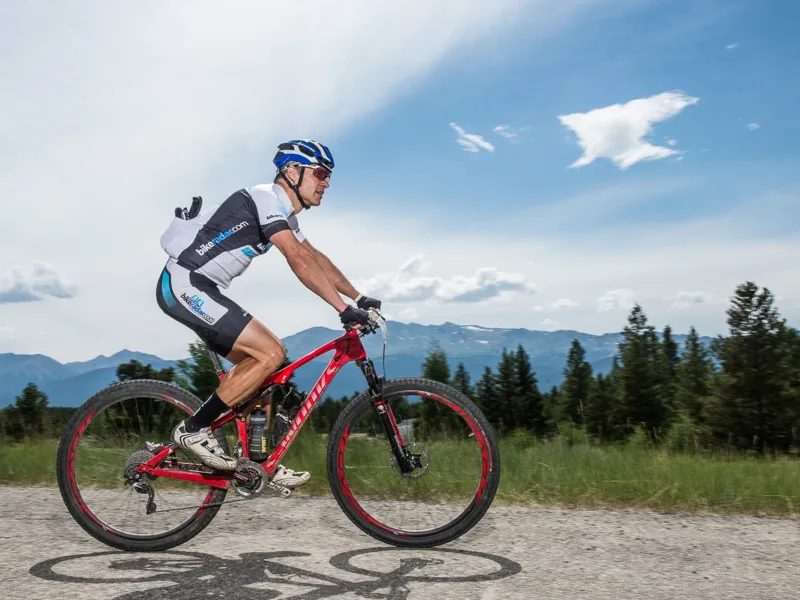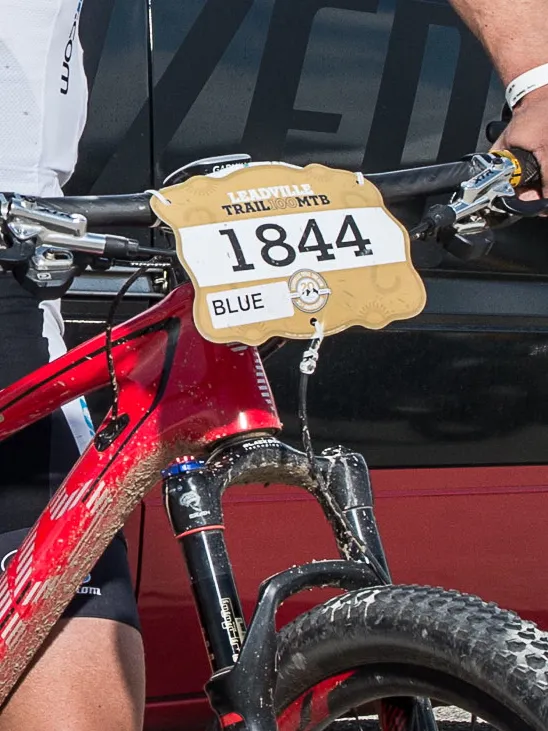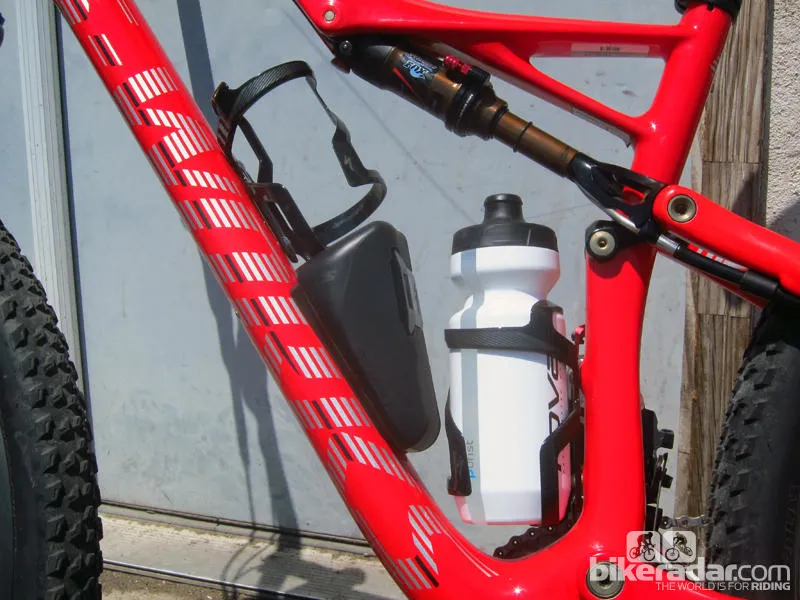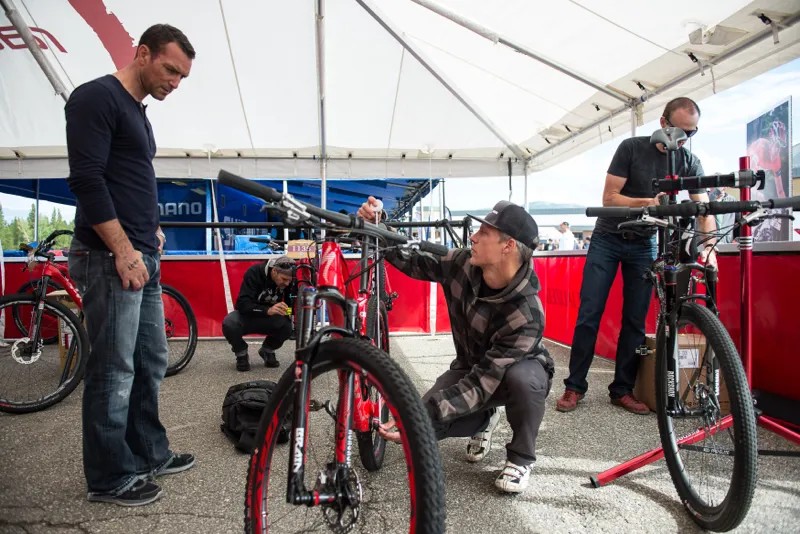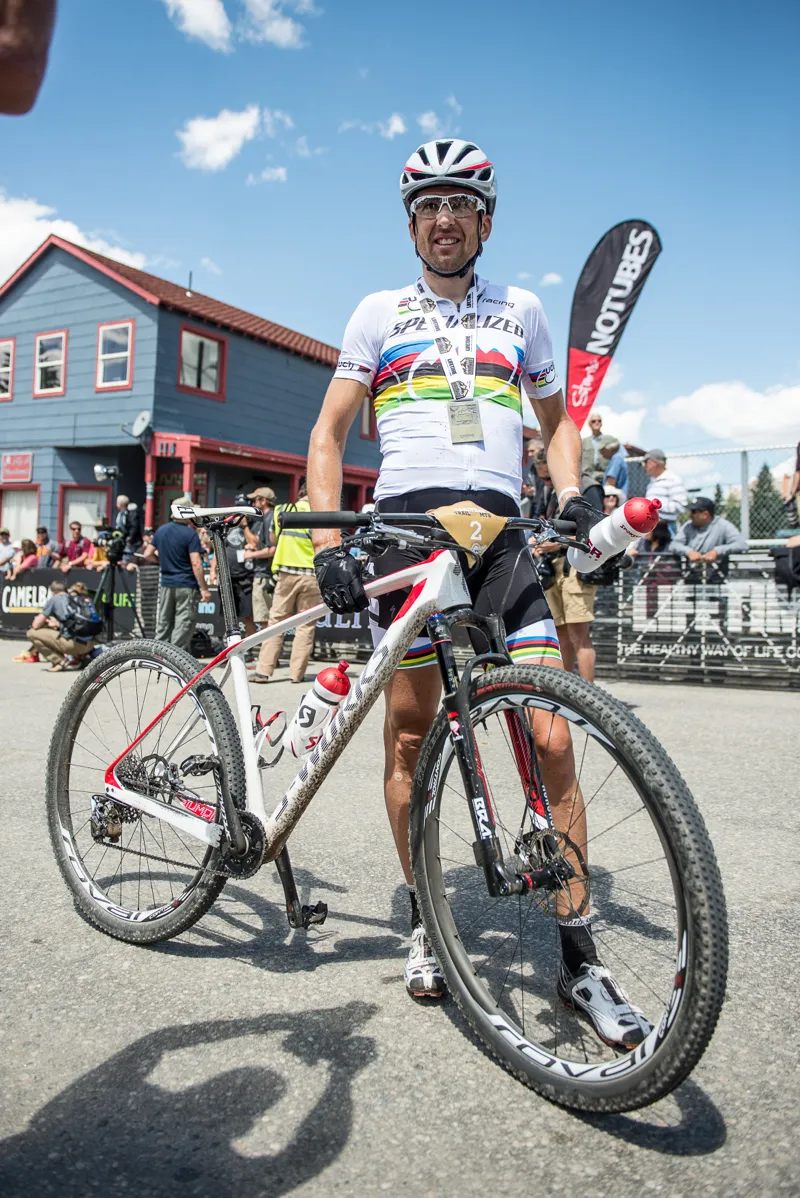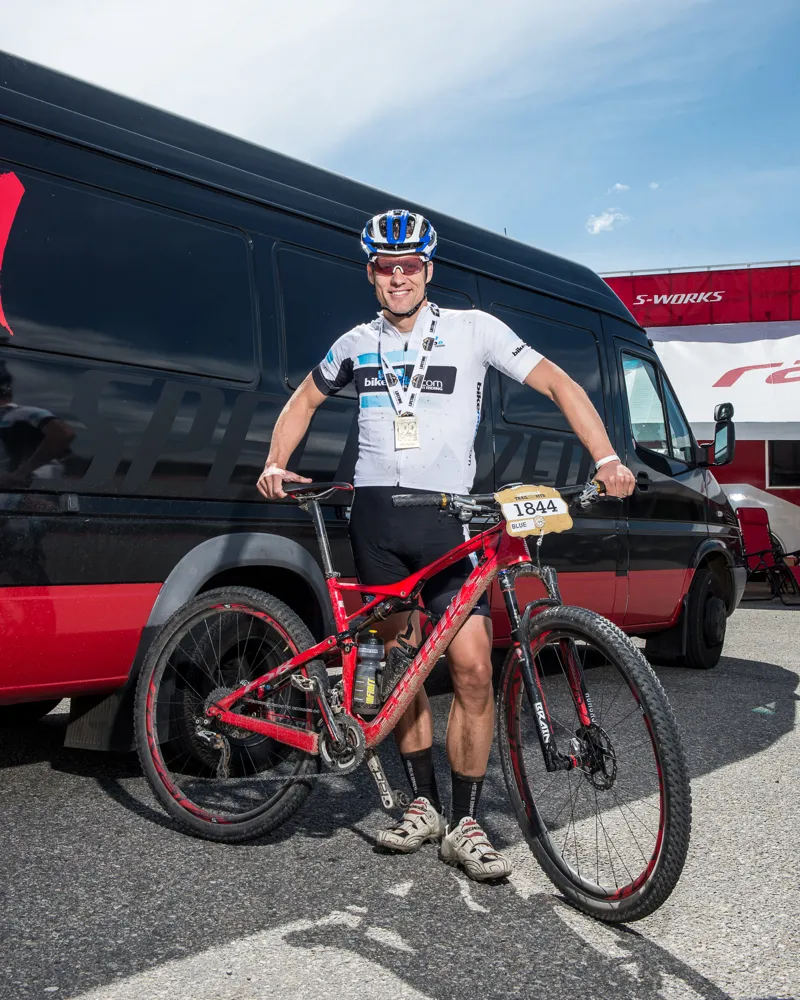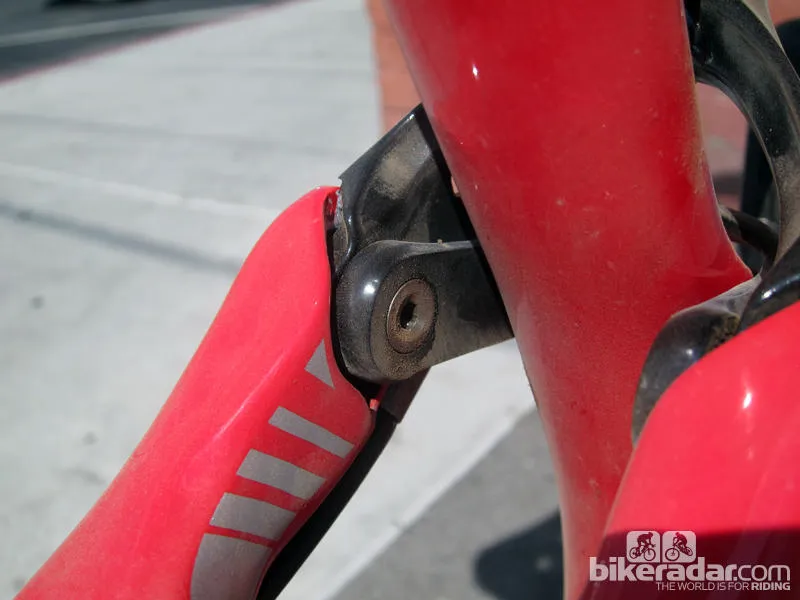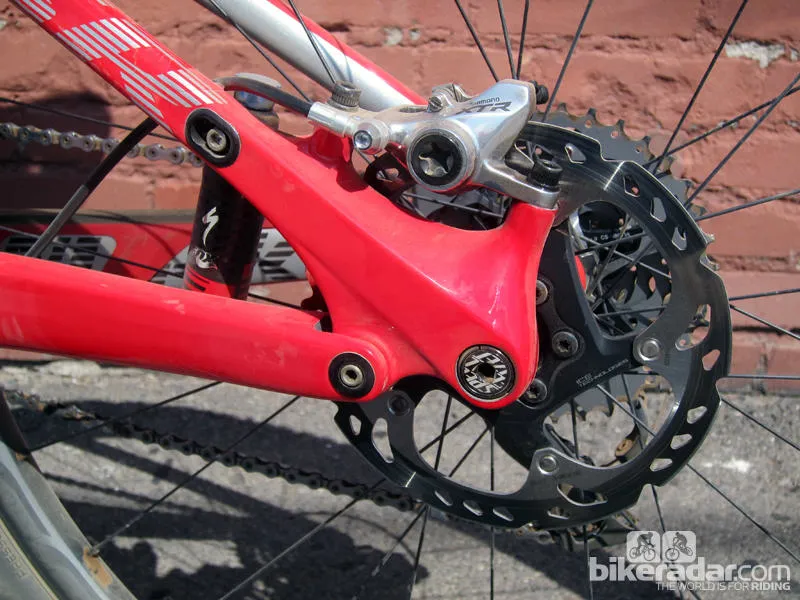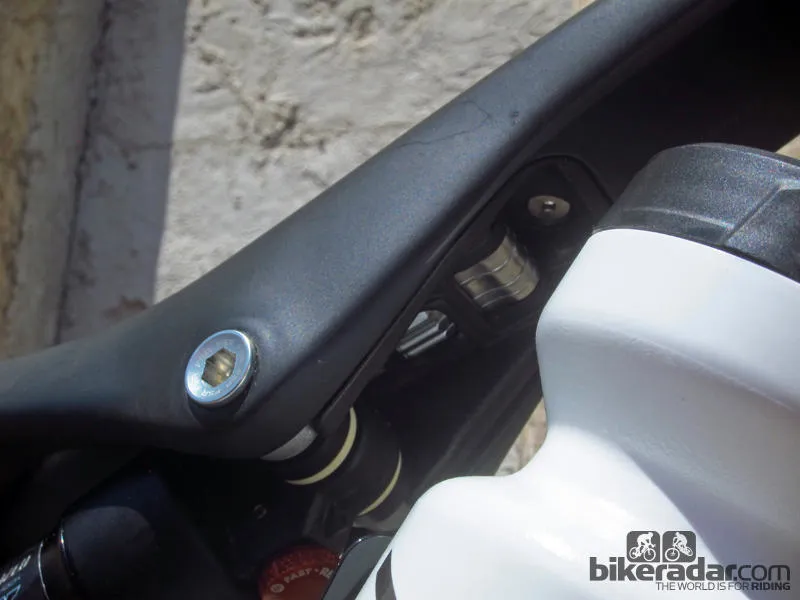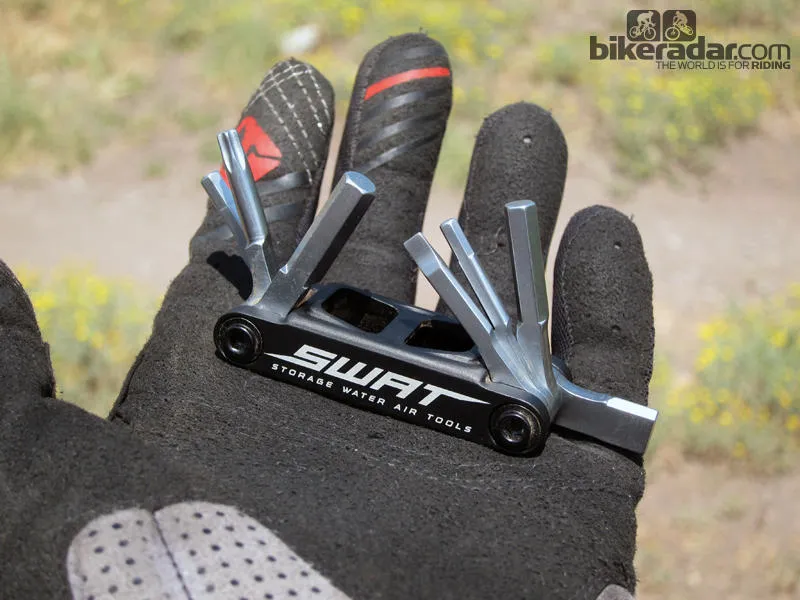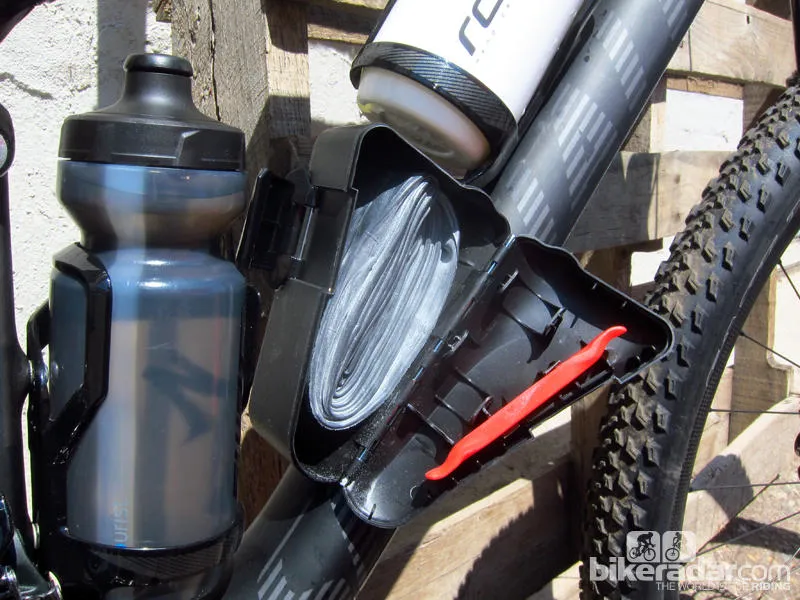The night before the 2013 Leadville Trail 100, we were staring at a CamelBak full of gear, wondering whether we should abandon it in favor of water bottles and stuffed pockets as many race veterans had suggested.
With eight-plus hours of riding at altitude and a grim forecast ahead, 'going light' seemed foolish. But with the new-for-2014 Specialized S-Works Epic, the bike carried everything but the clothing. The capacity to stow a full complement of tools and two large water bottles on a full-suspension frame with plenty of standover clearance turned out to be the cherry on top of what could well be the perfect cross-country bike for endurance-length races.
Now in its 10th year, the Epic got a complete overhaul for 2014, with new suspension tuning front and rear, a lighter and stiffer chassis, and internal cable routing. The pricetag is eye-watering, but the performance is, well, special. Specialized will likely sell many Epics at the more reasonable Expert Carbon, Expert Comp and Comp levels.
Ride & handling: hits the sweet spot of quick and confident without adjustment
The cornerstone of the Epic is the inertia-valve Brain suspension system. What began as a rear-suspension auto-lockout years ago has evolved into a complete front- and rear-suspension system that adjusts to the terrain. Specialized worked with Fox for a fork that mirrors the characteristics of the rear shock, minimizing travel on smoother trails and running wide open on bigger hits.
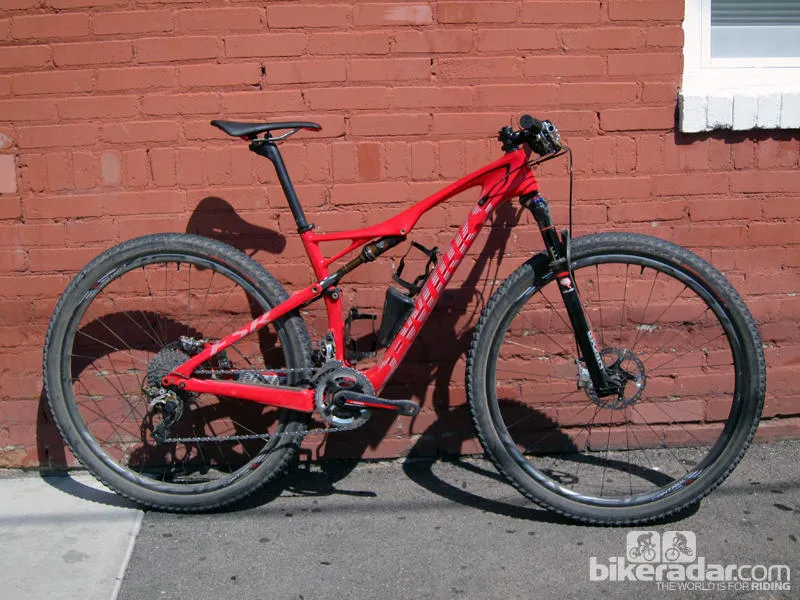
The 2014 Specialized S-Works Epic is designed specifically for endurance racing
While you can dial in your preferences for rebound and compression on the fork and shock, there is no lock-out option for the suspension. If you want a bike that you can lock out for a long climb, then run it wide open for a bomber descent – this is not your bike. But if you want to focus on hammering away, whatever the terrain, and not worry about fiddling with your suspension, then the Epic delivers what you need almost all the time.
The super light (1,350g) carbon Roval Control SL 29 142+ wheels provide the efficiency of the big wheels without much of the weight penalty associated with the size. Roval has had issues with durability in the past, though, so this may prove to be the chink in the Epic's armor. At Leadville, Specialized rider Ben Bostrom damaged his front Roval after hitting a rock and had to grab a new one, and a Specialized employee DNF'ed after the spokes on a prototype Roval failed. ("That's why 'prototype'," he said.) We had no such problems with our wheels, which stayed true throughout.
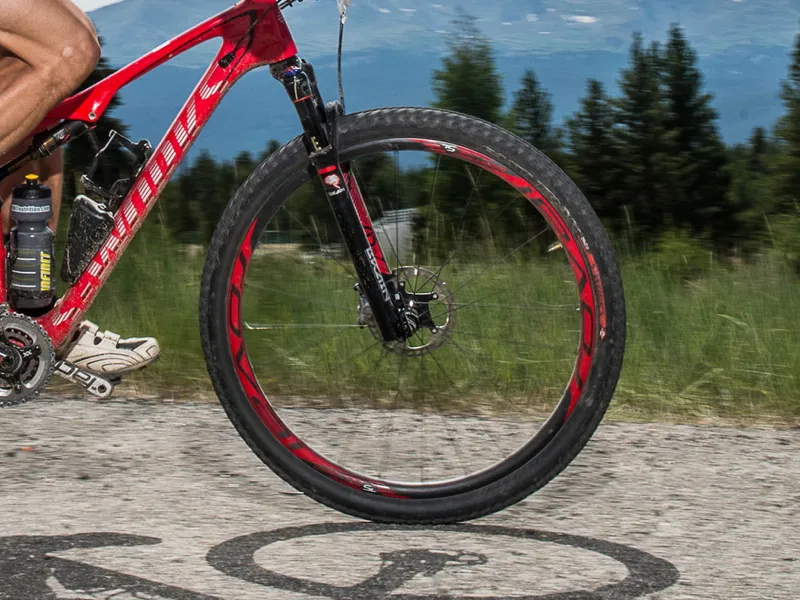
The hyperlight Roval carbon wheels make the bike fast — but are they durable?
We loved how the Epic rode – quick to respond to pedaling input, the 70.5-degree head tube angle made the bike nimble but not twitchy, and the 100mm of front and rear suspension got us out of trouble a few times but never felt like overkill on fire roads.
Frame & equipment: completely purpose-built for endurance racing
Specialized split the Epic platform in two for 2014. The standard Epic line caters to endurance racers, while the new Epic World Cup model is intended for shorter, more intense efforts. It has steeper angles, 5mm less travel and 10mm shorter chainstays than the S-Works model tested here. Carbon is used virtually everywhere on the S-Works Epic: on the beefy 449mm chainstays; on the scuplted top tube that cradles the rear shock, while making room for full sized water bottles and ample standover clearance.
Specialized specs its S-Works carbon crank on what is otherwise a full Shimano XTR group. While SRAM's 1X groups are now en vogue, Shimano's trusty 2X did not disappoint. We needed every last gear in the 38/24, 11-36 drivetrain.
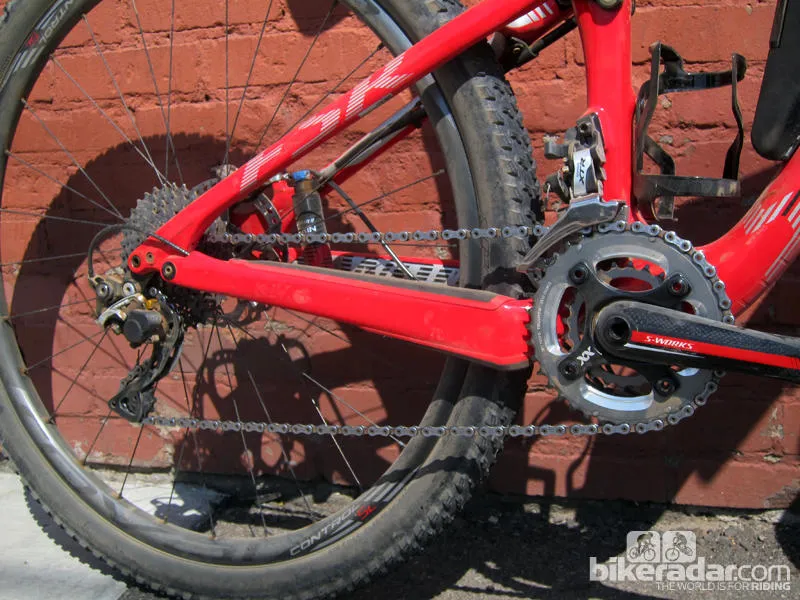
Shimano XTR and an S-Works 2X crank drive the carbon bike with internal routing
While the SWAT (storage, water, air, tools) concept may seem minor, we really did appreciate the integration — and quick access — of the necessities that otherwise would have had us lugging a CamelBak. The top tube houses a multi-tool (that we used to fiddle with the saddle angle), the box mounted to the water bottle cage on the down tube holds everything you need to fix a flat, and the stem cap holds a chain tool and a master link. And carrying 50 ounces of water on a full-suspension frame — even a size small — beats carrying it on your back.
Now, for everyday riding, none of this would be a big deal. You can just pack it all in a CamelBak and stop as needed. But for the endurance race set, why not have a bike perfectly dialed for the mission at hand?
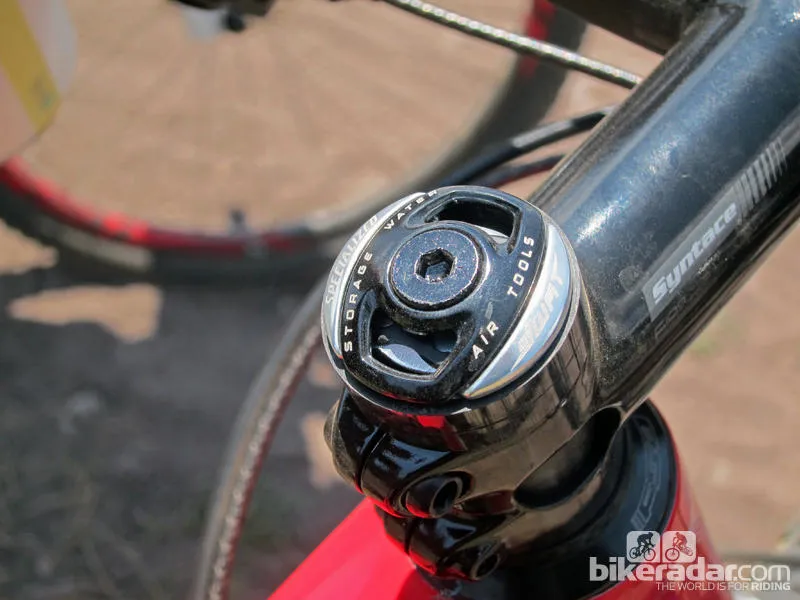
A chain tool and a master link are incorporated into the stem cap
